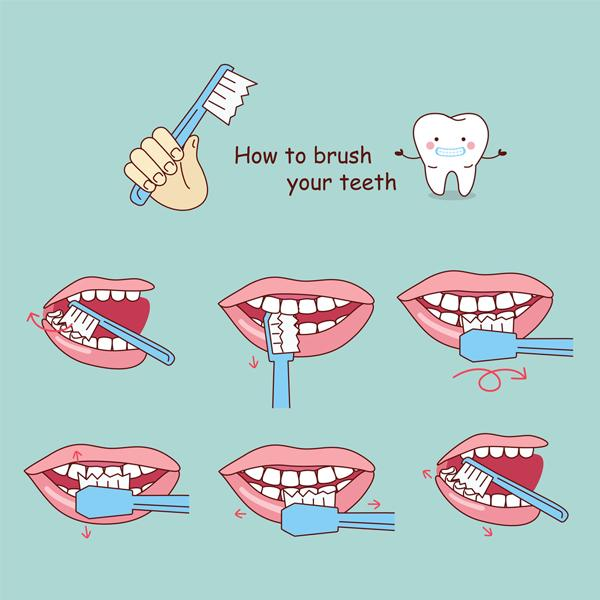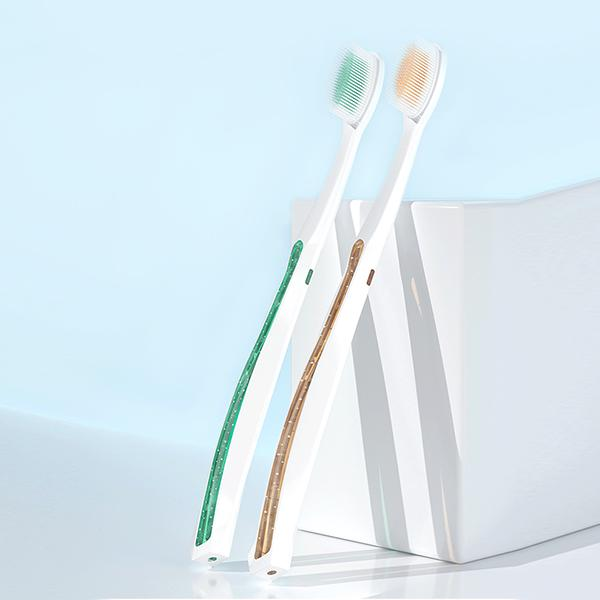Brushing your teeth is an essential part of your daily routine. It helps to remove plaque, prevent gum disease and cavities, and keep your mouth fresh and healthy. But are you using your toothbrush correctly? In this article, we will discuss the proper way to use a toothbrush, including selecting the right toothbrush, proper brushing technique, and additional tips for maintaining good oral hygiene.
Selecting the Right Toothbrush
Choosing the right toothbrush is an important step in maintaining good oral hygiene. Here are some tips to consider when selecting a toothbrush:
Bristle type: Soft bristle toothbrushes are the best choice for most people, as they are gentle on the teeth and gums. However, if you have sensitive teeth or gums, you may want to choose an extra-soft toothbrush.
Head size: The toothbrush head should be small enough to reach all areas of the mouth, including the back teeth. A small head can also help you to brush more effectively and comfortably.
Handle grip: The toothbrush handle should be comfortable to hold and easy to grip. Consider the shape and size of the handle, as well as any additional features like rubber grips or ergonomic designs.
Electric vs. Manual: Both electric and manual toothbrushes can be used to effectively clean your teeth. Electric toothbrushes may be easier to use for some people, as they require less effort to brush effectively.
Proper Brushing Technique
Once you have selected the right toothbrush, it is important to use it correctly. Here are the steps to follow for proper brushing
Wet the toothbrush and apply toothpaste: Wet the toothbrush and add the toothpaste to the bristles.
Position the toothbrush: Hold the toothbrush at a 45-degree angle to the teeth, aiming the bristles towards the gum line. This angle helps to clean the teeth and massage the gums.
Brush the teeth: Use gentle circular motions and brush the teeth for two minutes. Make sure to brush all surfaces of the teeth, including the front, back, and chewing surfaces. Use short back-and-forth strokes to brush the chewing surfaces.
Brush the tongue: After brushing the teeth, gently brush the tongue to remove bacteria and freshen breath.
Rinse thoroughly: Rinse your mouth with water and spit out the toothpaste. You can also use a mouthwash to help freshen your breath and kill bacteria.
Additional Tips for Maintaining Good Oral Hygiene
In addition to proper brushing technique, there are some other things you can do to maintain good oral hygiene.
Floss daily: Flossing helps to remove food particles and plaque from between the teeth and along the gum line. Use a gentle sawing motion to slide the floss between your teeth, and curve it around each tooth to clean the sides.
Use mouthwash: Mouthwash helps to kill bacteria and freshen breath. Swish a small amount of mouthwash in your mouth for 30 seconds, then spit it out.
Visit your dentist regularly: Regular dental check-ups and cleanings can help to prevent dental problems and catch any issues early on. Your dentist can also provide personalized recommendations for your oral health.

Conclusion
It is essential to use the toothbrush properly for maintaining good oral hygiene. By selecting the right toothbrush and using it correctly, you can keep your teeth and gums healthy. Additionally, practicing good oral hygiene habits such as flossing daily, using mouthwash, and visiting your dentist regularly can help to prevent dental problems. Remember to replace your toothbrush every three to four months, or sooner if the bristles become frayed or worn. With these tips, you can maintain excellent oral health and enjoy a healthy life for years to come.
Post time: Apr-17-2023


